The doors for an elevator are one of the most important components of an elevator system. They need to be reliable, safe, look great and flow with how you use the elevator on a daily basis. When planning for an elevator you’ll want to give special consideration to the type of door system you choose to integrate with your home.
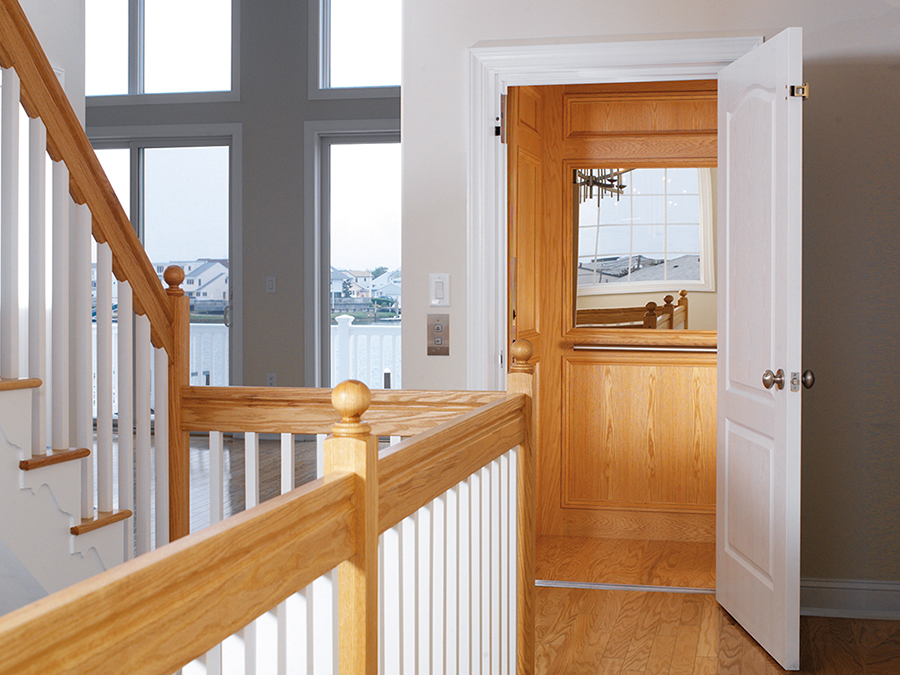
There are two separate door systems for standard elevators, the landing doors, and cab doors. If your elevator is built into a hoistway you’ll need a door at each landing and a separate door for each cab entrance. While most elevator cabs have only one door on the front, referred to as an enter/exit same-side configuration, some elevators will have a second entry point on the opposite side requiring a second cab door. Somewhat rare we’ve even seen elevator cabs with three doors or three ways to enter the cab.
Pro Tip: Minimizing the number of entry points or cab doors will decrease the cost and save on potential service-related issues. Each door added to a cab increases the material cost and complexity of the installation.
Types of doors for elevators include
- Landing
- Cab
- Manual
- Automatic
- Swing
- Sliding
Hoistway landing doors
Hoistway landing doors are available in two types including manual swing and fully automatic sliding doors. While swing doors are the most common for residential elevator systems we’ve seen growing interest in fully automatic sliding doors.
Swing doors are mounted into special frames to maintain proper clearance between the elevator cab and the landing. These frames are manufactured by elevator companies and will also include a location for an interlock to keep the door closed and locked while the elevator is at other landings. This type of system will also allow for the installation of a door panel that can match the other doors in your home.
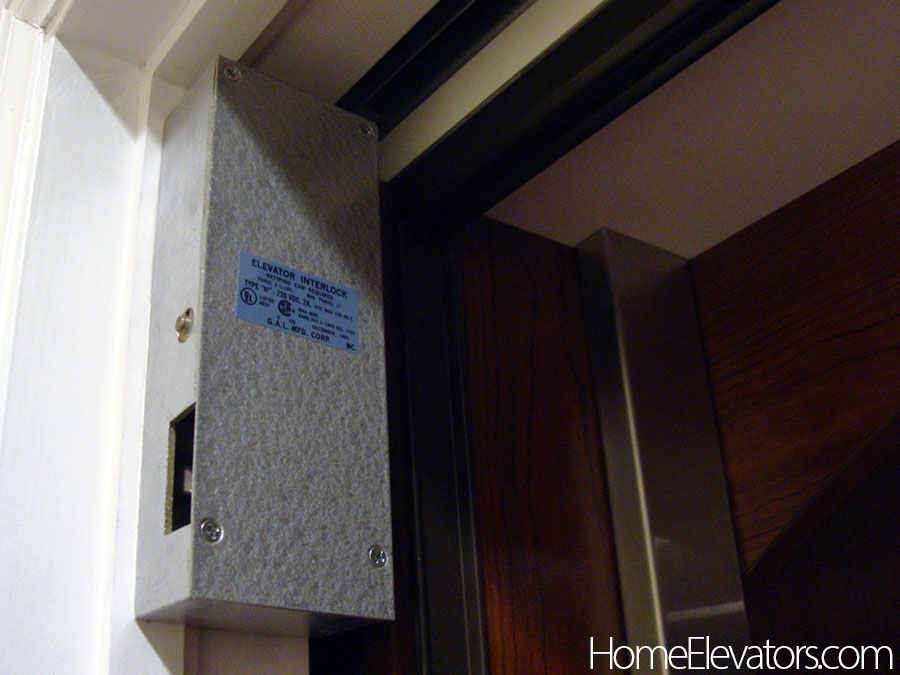
Fully automatic sliding door systems are more expensive however they offer several benefits. Fully automatic sliding doors are much easier to use for wheelchair access without the need to pull a door open and to the side, then reclose manually. Automatic doors also take up less floor space since they don’t swing into the landing. Also if multiple people use the elevator at different times the doors will automatically close to restore operation after each use. This can be very convenient compared to a manual door that can be left open on an opposite floor preventing use from another floor until the door is manually closed.
Cab doors
The cab doors are also available in two types including manual sliding and fully automatic. The manual sliding doors are typically accordion-style doors that slide into a pocket on the side of the cab. Accordion doors can be made of wood, metal, and clear acrylic panels.

When the elevator reaches a landing and the gate is opened from the cab interior you will see a hoistway landing door. This space or gap between the elevator and landing door is also tightly regulated and must meet all current codes.
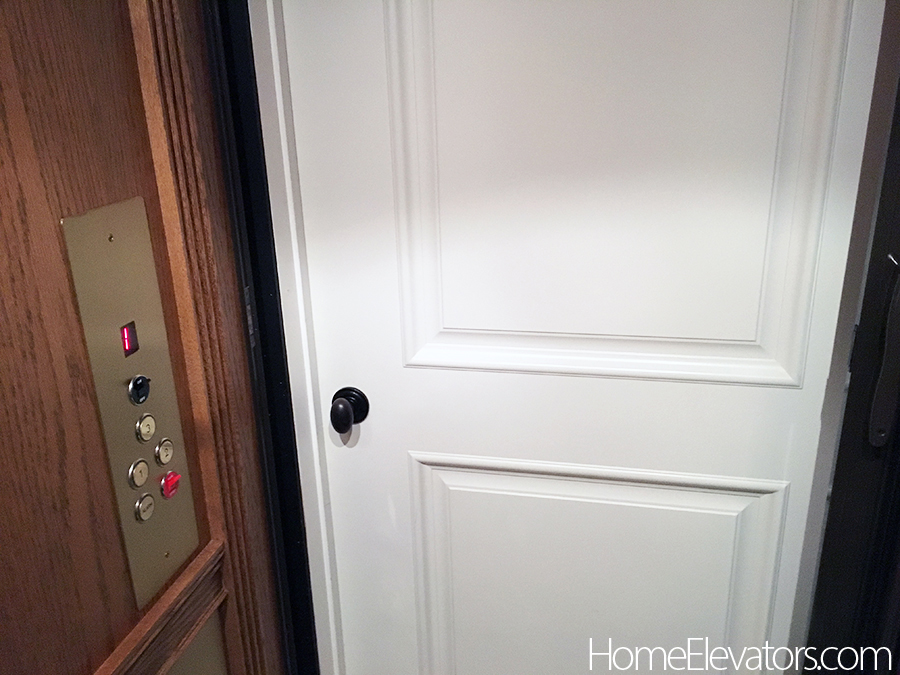
Automatic Sliding doors
Fully automatic sliding elevator doors are also available in various finishes including stainless steel, painted, and even glass panels. What’s great about automatic doors is the simplicity of use. With just the push of a button, both the cab doors and landing doors will open and then close. Automatic doors can be configured for most elevators and have become a desirable feature for many homeowners.
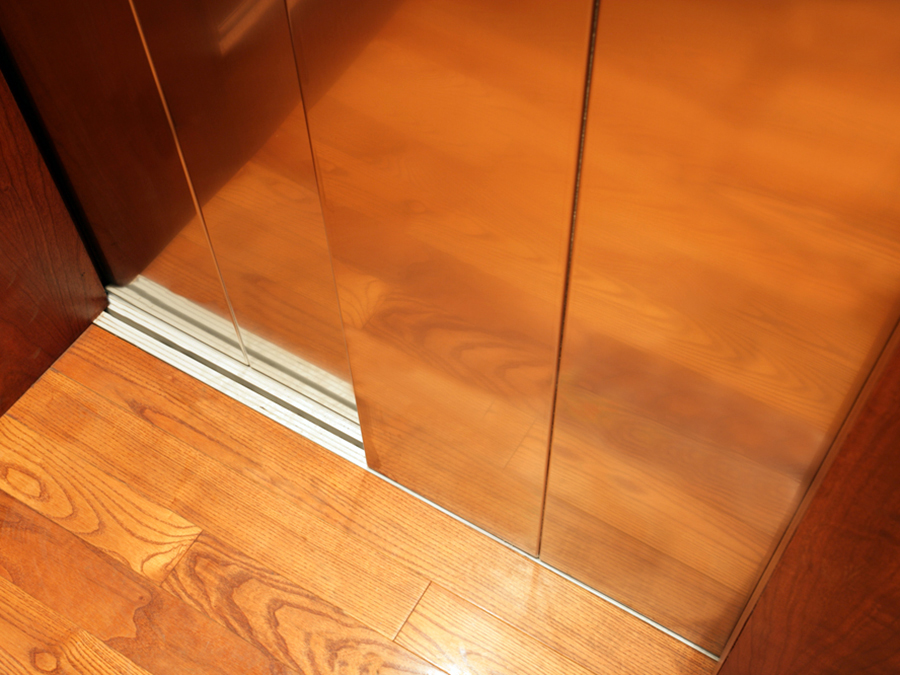
Scissor gates
Once widely used scissor gates for elevators have been replaced with more modern, sleek solid panel gates. Those who like the nostalgia and look of a scissor gate can still find them with a few elevator companies offering this feature.
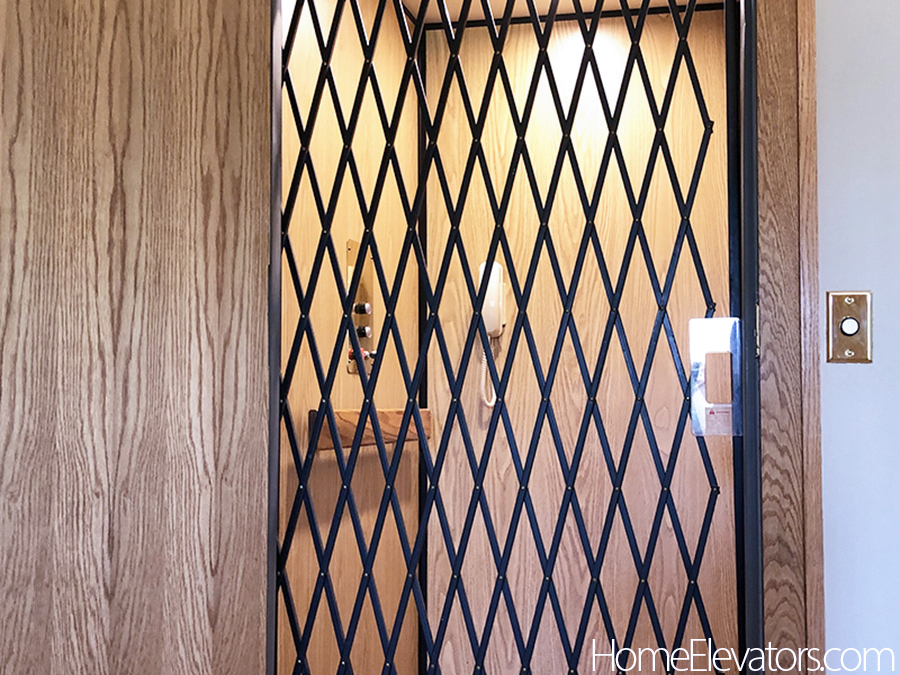
Whether you choose manual or automatic doors, you’ll want to consider how you’ll use the elevator, cost, aesthetics, and future needs. Choosing the right doors can be one of the most important decisions you can make when buying an elevator.